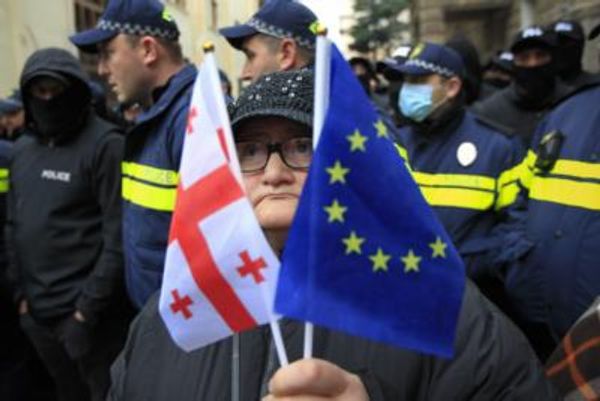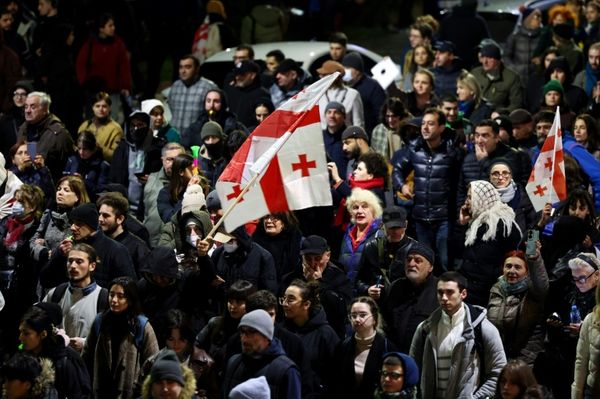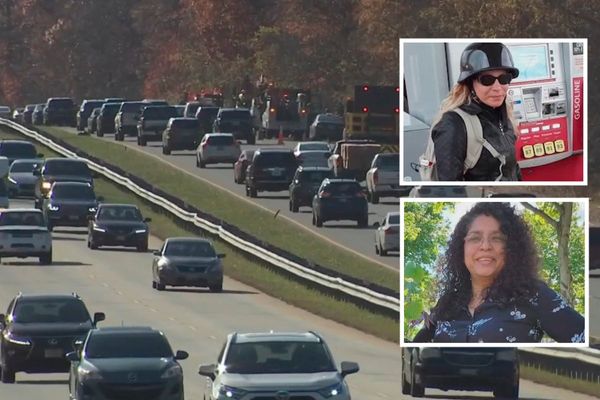
A cursory glance at the latest jobs market figures suggests the economy was in good health as the end of 2021 came into sight.
In the three months to November employment rose by 60,000 and the unemployment rate decreased by 0.4 percentage points on the quarter to 4.1%.
The redundancy rate dropped to a record low, revealing a smooth transition out of the furlough scheme and a good deal of luck for a chancellor constantly betting that the effects of the pandemic would be short-lived.
Put the unemployment and redundancy rate together and there is only a whisker of difference with the pre-pandemic level in February 2020.
Wages tell a different story. While total pay including bonuses edged up 0.4 percentage points to 4.2% on the previous month, without bonuses pay remained static. Once inflation was taken into account wages went into reverse in real terms, declining by 0.9%, even when bonuses are included.
The Resolution Foundation thinktank said this squeeze on pay was the third in a decade, after real wage falls after the financial crisis between 2011 and 2014 and in the year after the 2016 Brexit vote.
Like previous episodes, the current hit to the average worker’s standard of living is unlikely to prove short-lived as energy, food and fuel price rises eat into household finances.
It started last summer, said the thinktank’s economists, and “is likely to get deeper in the coming months with inflation forecast to peak at 6% in April, before it starts to ease in the second half of 2022”.
Rishi Sunak will comfort himself with data on PAYE earnings from HMRC for December that showed few signs that the Omicron variant had a big impact, despite concerns that its emergence would provoke a fresh wave of life-threatening sickness.
To some extent, the gains in the PAYE data merely reflect a transfer of workers from self-employment into permanent jobs. Nevertheless, a rise of 184,000 in December was impressive and takes the number of people added to payrolls since February 2020 to 409,000.
It appears that employers listened intently to the message from South Africa that Omicron was not as virulent as Delta and continued to respond to rising demand for their goods and services as if the new arrival didn’t exist.
However, the rise in payrolled employees disguises the huge number of people, most of them aged over 50, who have quit the jobs market altogether, taking their skills and experience with them. Many will have long Covid, while others have had enough of working and will from now on depend on their property and pensions to give them an income.
There are 260,000 more people out of work because of ill health and early retirement than pre-crisis and older women are the largest group of leavers, according to Tony Wilson, the head of the Institute for Employment Studies
He said policymakers should not forget the labour market was growing strongly pre-crisis, “so these falls in participation are even worse than they look”. Had pre-crisis trends continued, there would be 1.1 million more people in the labour force.
Kitty Ussher, the chief economist at the Institute of Directors, said: “The legacy of the pandemic appears to be this rise in economic inactivity.”
How does all this shift the Bank of England’s thinking when it sets interest rates next month? Before Christmas the central bank’s monetary policy committee (MPC) said the prospect of spiralling wage growth and a booming jobs market played a big part in the decision to increase rates to 0.25%.
When so much of everyone’s salary will be diverted to paying higher heating bills over the coming year, the MPC might think it can sit on its hands. If inflation needs to be crushed by a hit to incomes, it could be said static wages and rising inflation do their own dirty work without the central bank needing to heap more pain on households by increasing borrowing costs.
This is not the way the MPC will interpret events, which is why most analysts still predict an increase in the base rate to 0.5% in February and a rise above 1% by the end of the year.







